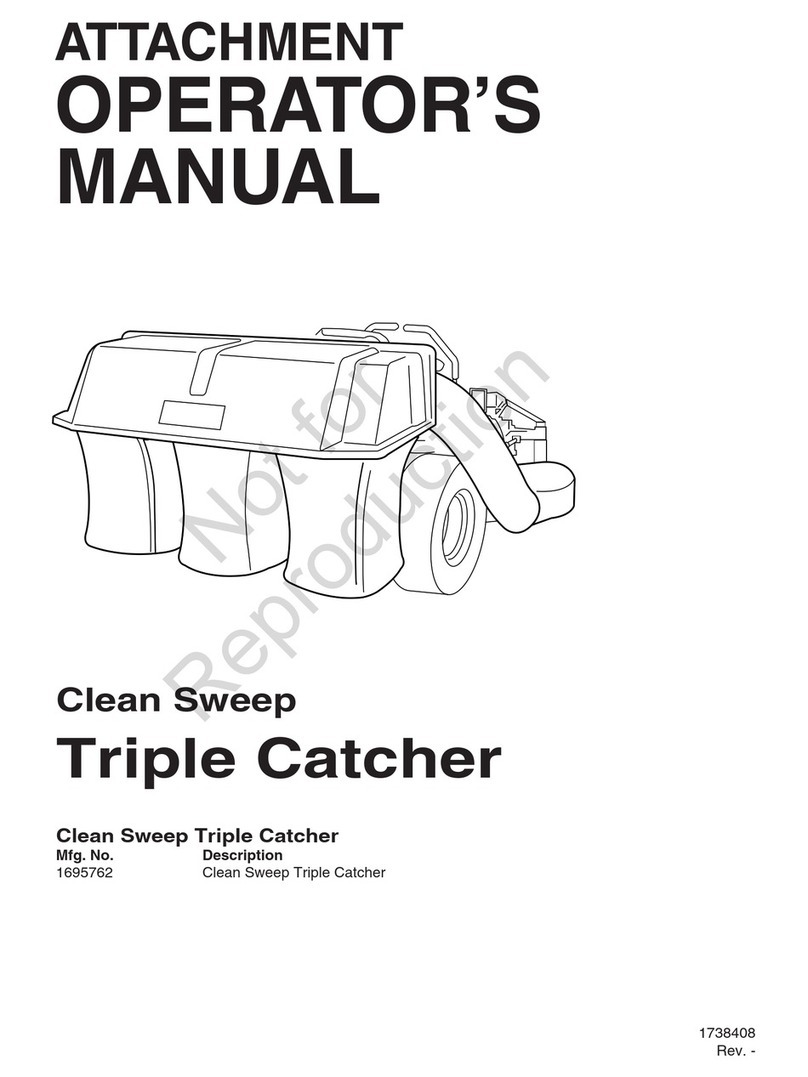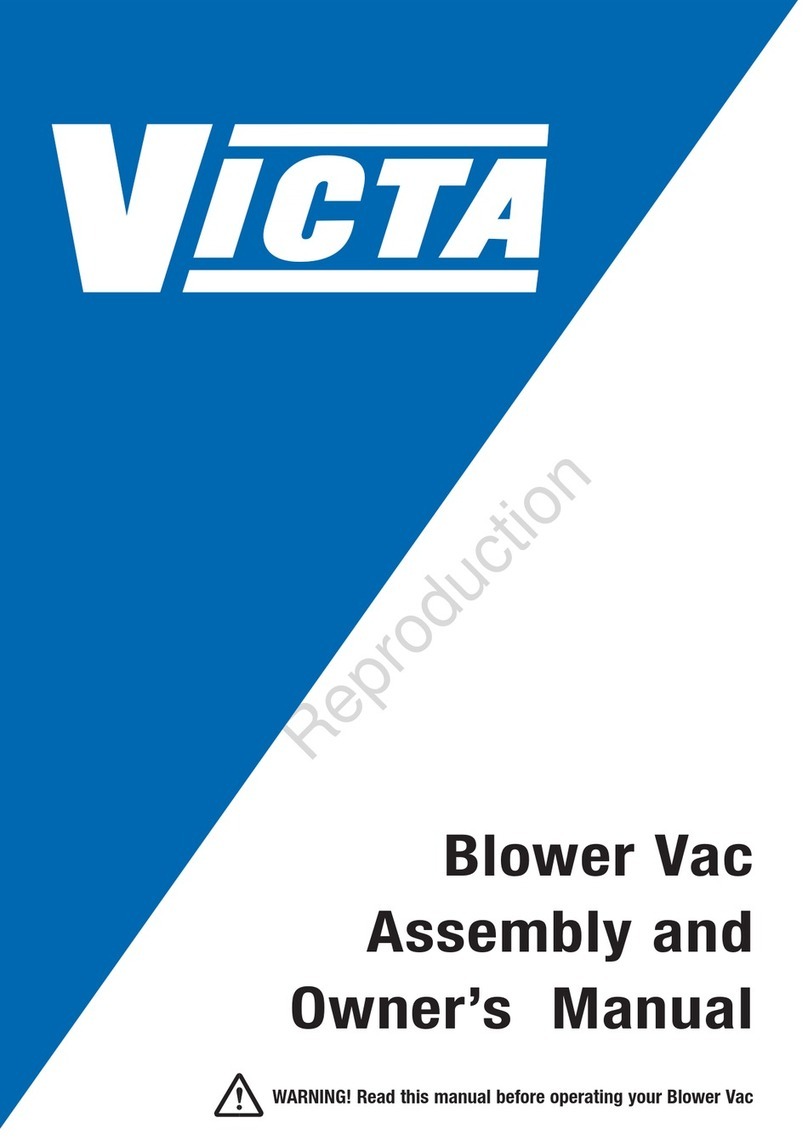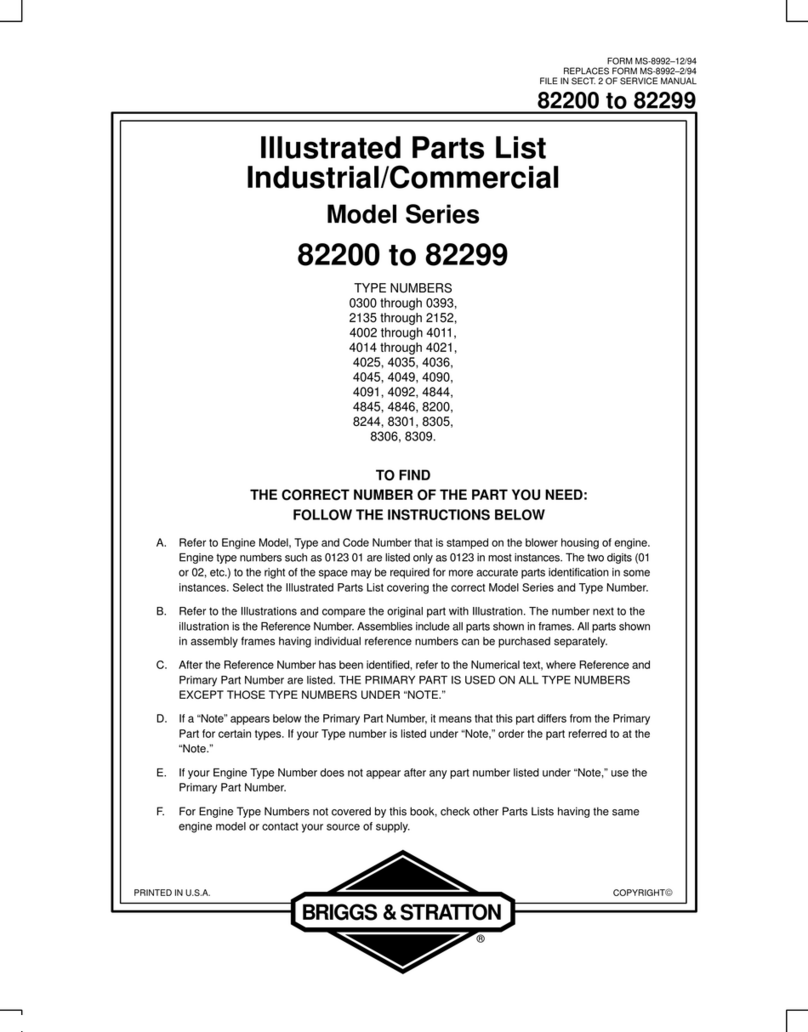
10
It is prohibited to work in the rain.
Do not dispose of used equipment. It is the user's responsibility to hand over used equipment to a designated
collection point for waste recycling.
OTHER MARKINGS ON THE MACHINE
1.Name plate (page 2.B)
2. Guaranteed sound power level (page 2.C)
3. Other markings (page 2.D)
SAFETY RULES FOR MACHINES AND DEVICES WITH COMBUSTION ENGINE
WARNING!
Read this manual thoroughly. Familiarize yourself with the safety regulations and with the control systems and the
principles of proper use of the device.
Failure to observe the following warnings and safety instructions may result in electric shock, fire and / or serious
injury.
Retain this operation manual for reference.
This equipment is not intended for use by persons (including children) with reduced physical, sensory or mental
capacity or without experience or knowledge of the equipment, unless supervised or in accordance with
instructions for use given by persons responsible for their safety.
Do not allow the device to be used by children, adolescents up to 16 years of age and people not acquainted with
the device's operation manual.
GENERAL SAFETY REGULATIONS
WORKING AREA SAFETY
Ensure good lighting and order in the workplace. Cluttered and dark areas contribute to accidents.
Keep children and observers away from places where devices with an internal combustion engine are used.
Distractions can cause lose of control of the device. Garden equipment should be left away from unauthorized
persons.
The operator or user is responsible for accidents or hazards occurring to other people or the environment.
SAFETY DURING WORKING WITH FUEL
The internal combustion engine is designed to run on gasoline or a fuel mixture (see type of fuel in the device's
technical data).
Gasoline should be stored only in specially prepared containers (canisters).
Store gasoline away from factors that could cause a fire, e.g. bonfires, open flames, where there is electric
sparking, elevated temperature, welding sparks or other heat sources that can cause fuel to ignite.
The fuel tank should only be filled outdoors.
It is extremely dangerous to smoke cigarettes or use open flames when the machine is running or when filling the
fuel tank.
Always turn the engine off and cool before filling the tank with fuel.
Do not fill the tank above the lower edge of the filler neck, gasoline has a high thermal expansion.
If you spill fuel, immediately wipe up spilled gasoline with a dry cloth.
When filling the fuel tank, be careful not to spill fuel on clothing. Gasoline-soaked clothing can catch fire and should
be changed immediately.
After filling the tank with fuel, tighten the cap tightly and before starting the engine, move the fuel canister to
a place at least 3 m away from the place where the filling was carried out.































